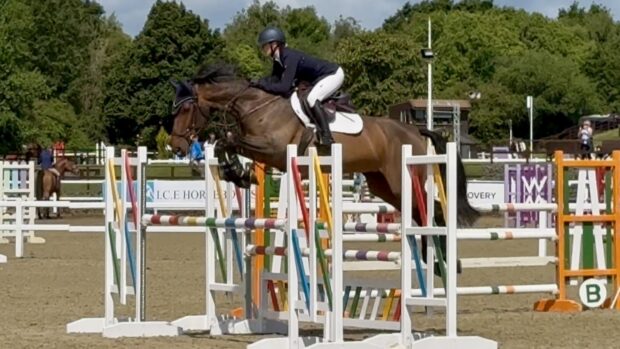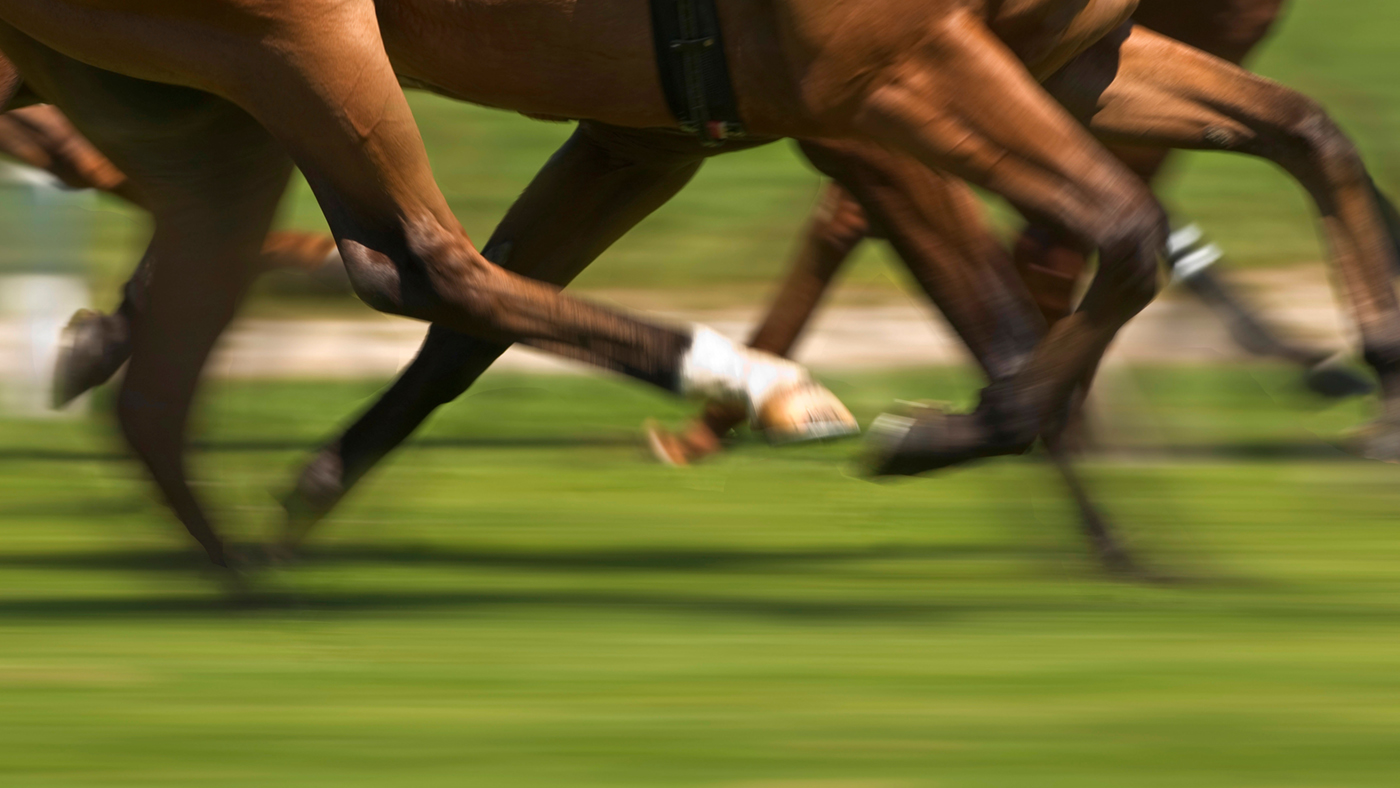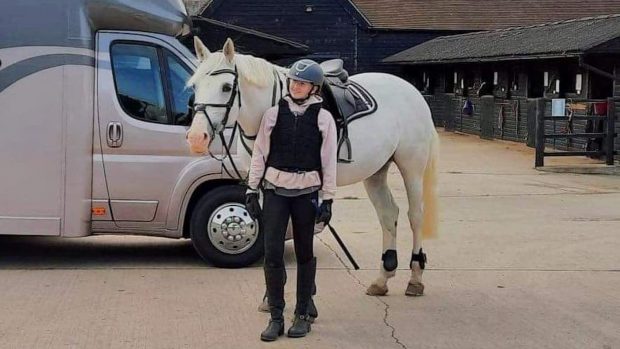Do you need an equine vet?
Like people with broken legs or arms, sometimes horses have to have their limbs put in casts.
These days, casts are made from synthetic resin and fibre, rather than plaster of Paris, but the principle of their function remains the same – to ensure complete immobilisation.
Occasionally, a cast might be put on to repair a fracture, but more commonly they are applied after complex orthopaedic surgery or after severe lower limb injury.
The casts work a treat on the affected limb, but vets know that a potential complication is always lurking in the wings – laminitis in the other foot.
It seems that prolonged weight bearing on just one limb can disrupt the normal internal function of the foot so much that it suffers laminitis.
The horse may then be lost, not because of the original injury, but because of the secondary laminitis.
Vets in Colorado reviewed records of 113 horses requiring casts to support or repair a limb. Some were full length, some were half length, some were for forelimb and some hindlimb. They were all left on for at least a week.
All were hospitalised and treated with every possible nursing attention. Despite this, 12% still suffered weight-bearing laminitis.
Vets found that several factors appeared to increase the risk of developing laminitis in the healthy limb: the weight of the horse, the length of time the cast was left on and the type of injury.
It seems that, even though heavier horses may have bigger hooves, it is the actual weight on the healthy leg that causes the problems.
The longer the cast is in place, the greater the risk of developing laminitis. And horses with fractures were at greater risk in this study compared with those with other injuries.
The type of cast made no difference and, surprisingly, horses with casts on hindlimbs were just as likely to develop laminitis in the other hindlimb as horses with forelimb casts – despite the front legs bearing so much more of the weight.
This veterinary article was first published in the current issue of H&H (19 January 2012)
Find an equine vet



